None of us like it when we have bugs hovering around during our evening walks in the garden.

So how to get rid of them in the best way? Well, there are lots of options available, both chemical and natural. Going for chemical insecticide sprays may give you quicker and more effective results.
But we are all aware of how harmful they can be for our health. So, a natural solution to this problem will be much healthier. Growing insect-repelling plants in your home garden or planting them in small pots indoors can be a great way to deal with this problem.
The trouble is that there are quite a lot of such plants available. And not all of them are equally safe and effective. So, we help you in your search with this list of the 27 best plants that repel flies and other unwanted insects.
Read on to know more.
Best Plants That Repel Flies & Unwanted Insects
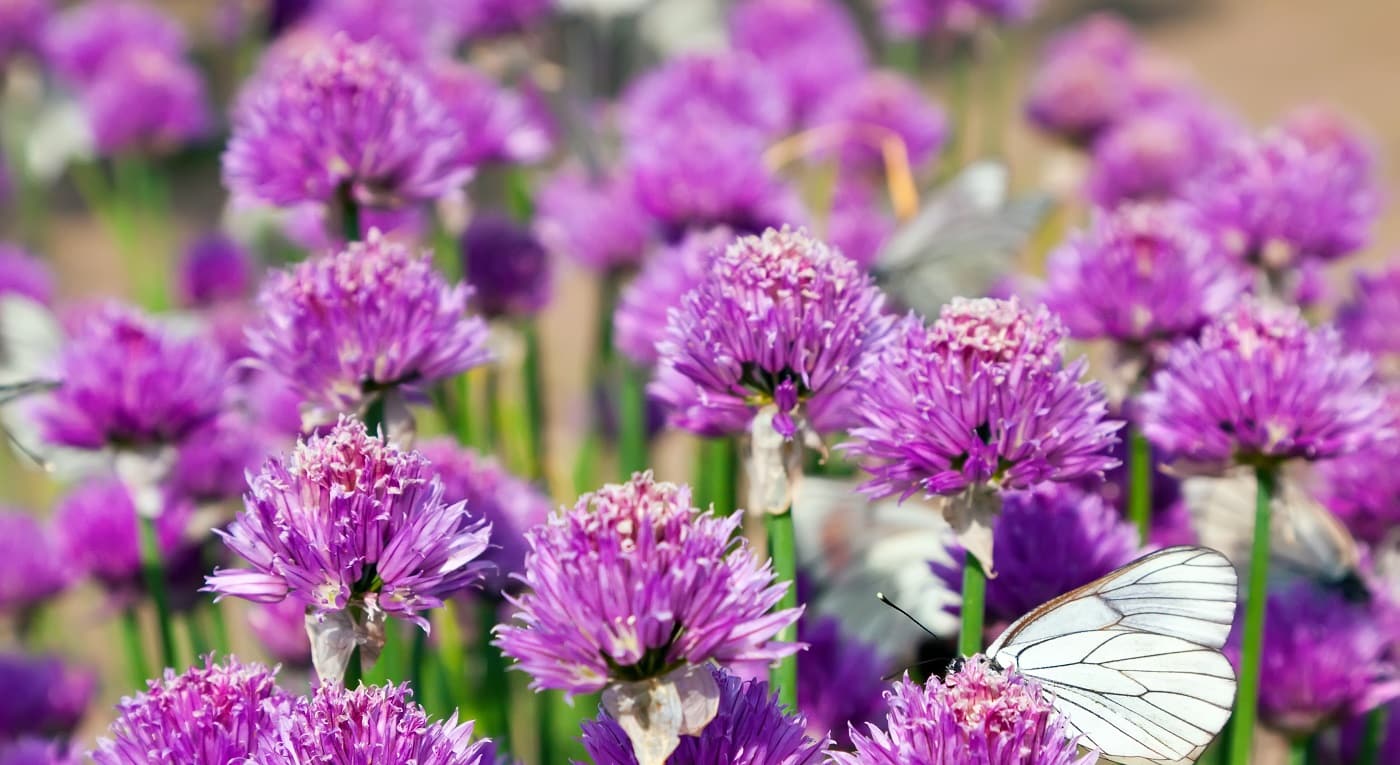
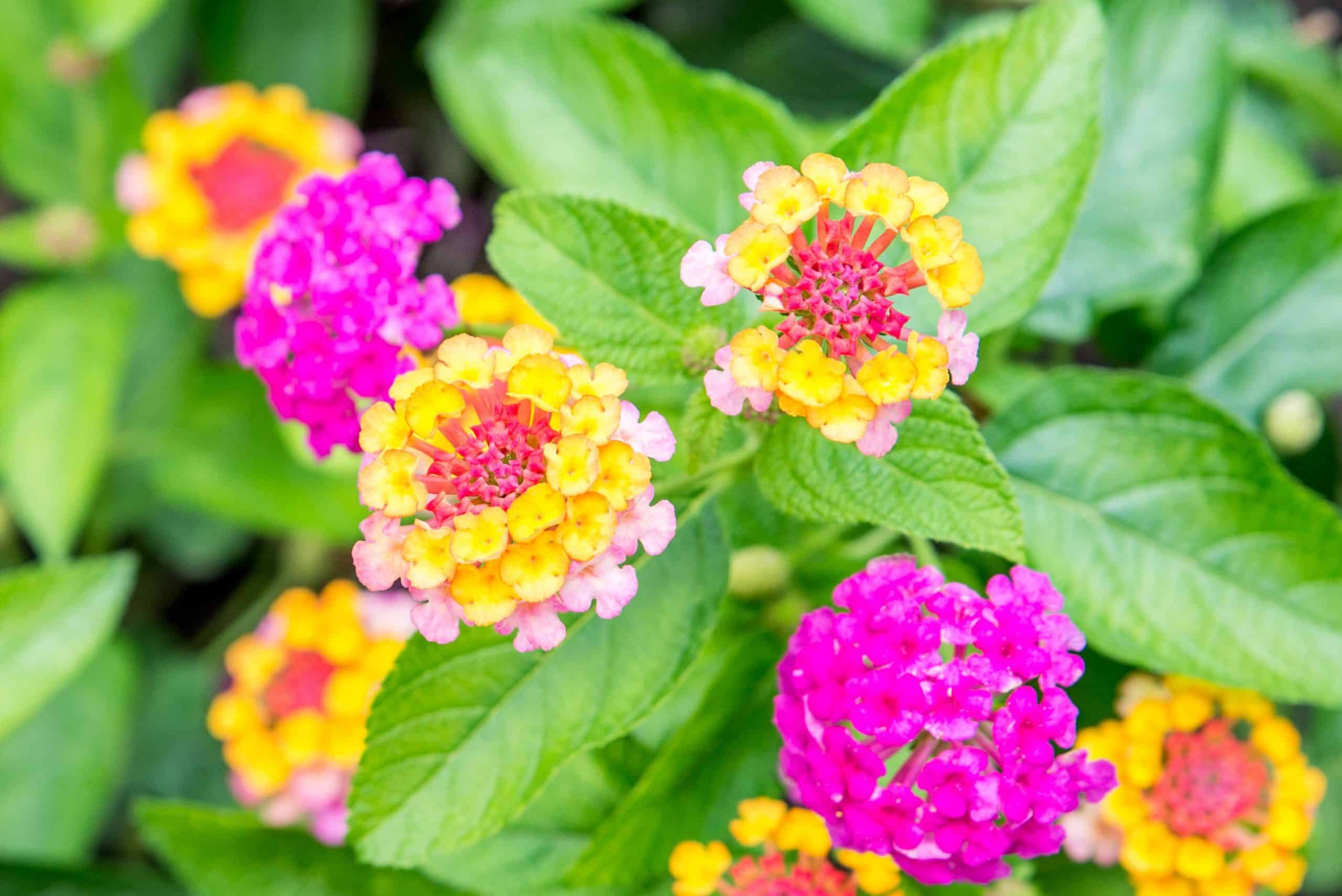
Too many mosquitos anywhere are a nuisance and often cannot be dealt with using vaporizers. Moreover, studies have revealed that vaporizers are harmful to health and their use should be avoided.
Insead, keeping a lantana plant can be much more effective as its flowers have a powerful effect against mosquitos. It acts as a natural repellant and has no harmful effects on adults.
So, if tackling mosquitos in the backyard has become a headache for you, a lantana plant is a great option to go for. Growing it in tropical climates is quite easy and butterflies are also attracted by its flowers.
But note that this plant can have toxic effects in children and pets, and hence, should be kept away from them. The best way to plant it would be to put it in a hanging basket or container on the patio.

Plants belonging to the Allium family are known for repelling insects of different kinds, including aphids and rust flies. Most of these insects are known to destroy vegetable gardens and can be effectively tackled by such plants.
A member of this family is the Allium Giganteum plant which has beautiful purple flower heads adorning stalks with a height of 6 feet. Plants that benefit from having this flowering plant around include cabbage, potatoes, carrots, kohlrabi, and tomatoes.
So, keeping this plant in your garden will not only make it prettier but also keep away unwanted insects or pests. Furthermore, the strong fragrance released by these flowers is also disliked by mosquitoes. So, they are never found around these plants.

This is a great choice if you are in search of a plant variety to keep away flies, mosquitoes, cucumber beetles, squash bugs, and more. Tansy has attractive yellow flowers and can grow up to a height of six feet though most tansy plants generally reach up to three feet.
You will generally find tansies near squash or cucumber plants since they work as good companion plants and also help to ward away predators. Apart from this, you can also plant a tansy around flowering plants or other vegetables.
However, this can be fatal to animals and hence should be avoided if you have livestock at your home. Even if it is planted away from them, the seeds might spread across the pasture lands or fields and start growing there. Notably, the oil extracted from tansies is also used to create a powerful repellent spray.

This herb is quite popular as a cooking ingredient, but do you know that it can also repel mosquitoes and flies? Its pungent smell drives away cabbage moths and several other bugs in vegetable gardens.
Rosemary is especially effective in areas with dry, hot weather and can be planted in various places in vegetable gardens. However, with the right protection and care, they will also stay evergreen in different growing zones. You can even grow them in containers, which helps in shaping these plants into beautiful ornamental pyramids.
Rosemary oil which is extracted from the plant and processed afterward also helps in adding flavor to the food. Interestingly, a few drops of this oil can be added in the diffuser of a room to keep it free from mosquitoes and flies.

Also widely known as citronella, this ornamental herb can grow upto a height of 4 feet and a width of 3 feet within 4-5 months. Interestingly, it is used to make special candles called citronella candles which help to get rid of mosquitoes.
Citronella is actually the natural oil found in lemongrass, which repels mosquitoes as they dislike its smell. So it serves well when planted close to seating areas or walkways. Also, it can be planted in large planters so that it can be moved around for efficient pest control.
Note that a citronella plant may be difficult to get hold of and is often labeled incorrectly. A true plant will have long narrow leaves and look like a pot of grass.
This plant also has a number of culinary applications due to the fragrance of its narrow leaves. As such, it is used for flavoring many dishes and for salad dressing.

The flowers of a marigold plant have a distinctly unpleasant smell which keeps tiny insects away from the backyard. This smell also repels aphids, mosquitoes and even rabbits coming close to the flowers.
Pyrethrum, a common and powerful ingredient of insect repelling products, is found in Marigold. Moreover, the vibrant orange and yellow shades of the flowers enhance the beauty of any landscape. An amazing fact about Marigolds is that the roots of these plants are popularly used by farmers for repelling nematodes. However, it might take as long as a year to show positive effects.
But the insect repelling properties of the plant don’t end here. They also release a compound called limonene, which slows down or interrupts the forage of whiteflies hovering around tomato plants. So, if you are thinking about growing fresh tomatoes, this plant will be quite helpful for you.
-
Nasturtiums
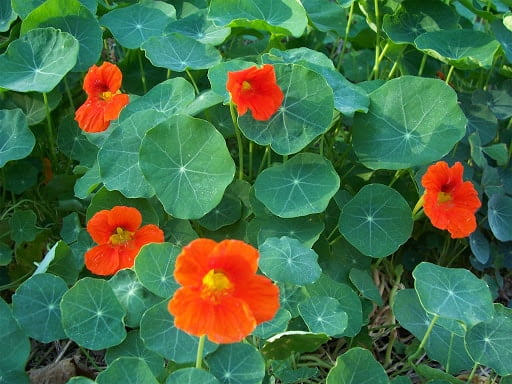
Nasturtiums benefit cucumber and tomato plants near them by releasing an airborne chemical that repels most predaceous insects. Such insects include wooly aphids, whiteflies, squash bugs and cucumber beetles. Besides, the flowers of the plant also act as a trap for aphids.
This plant has a variety with yellow blooming flowers that benefits almost all the vegetables you know of. It keeps away all insects that might plague vegetables like radishes, kale, tomatoes, collards, kohlrabi, cucumbers and cabbage.
Hence, it will be best to plant nasturtiums along the edges of your vegetable garden. Also, when planted around patios and along flower beds, this flower will protect the nearby plants from unwanted insects.
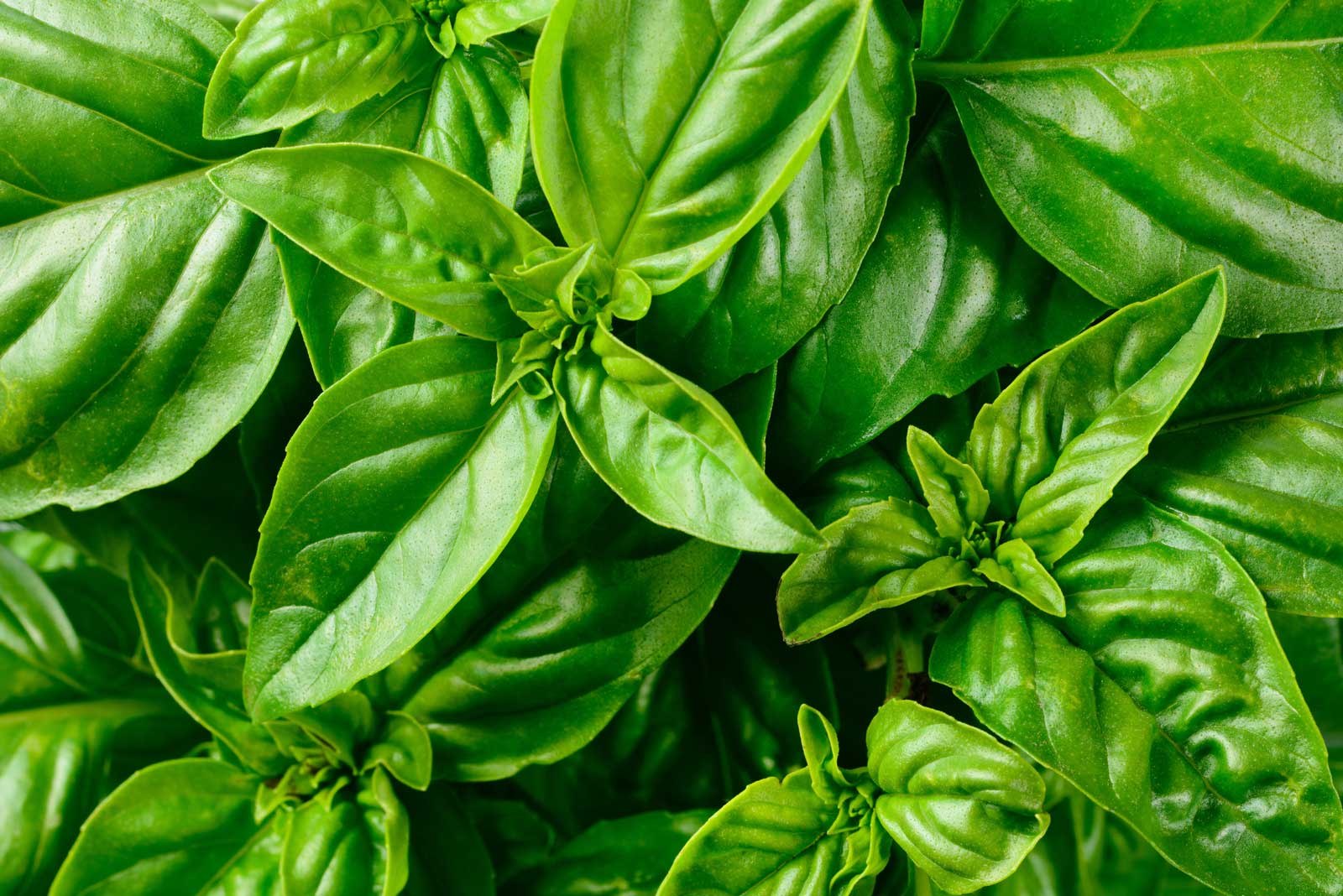
You can make a natural homemade insect repellant using basil leaves to ensure pesky insects don’t disturb your fun during the summer. Not only will it help to keep away all stinging bugs, you will also love its pleasant fragrance.
Some simple steps have to be followed to make this spray. All you will need is about 4 to 6 oz of fresh basil leaves and 4 oz of boiling water. Let the leaves stay for a few hours in the water and then remove the leaves.
Finally, add 4 oz of vodka to the basil-water solution and your repellent is ready. Store it in the refrigerator and use it while you are sitting outdoors.
Furthermore, oils in the basil plant can repel thrips, mosquitoes and flies. So, you can protect your vegetable produce by planting it around your garden as well.
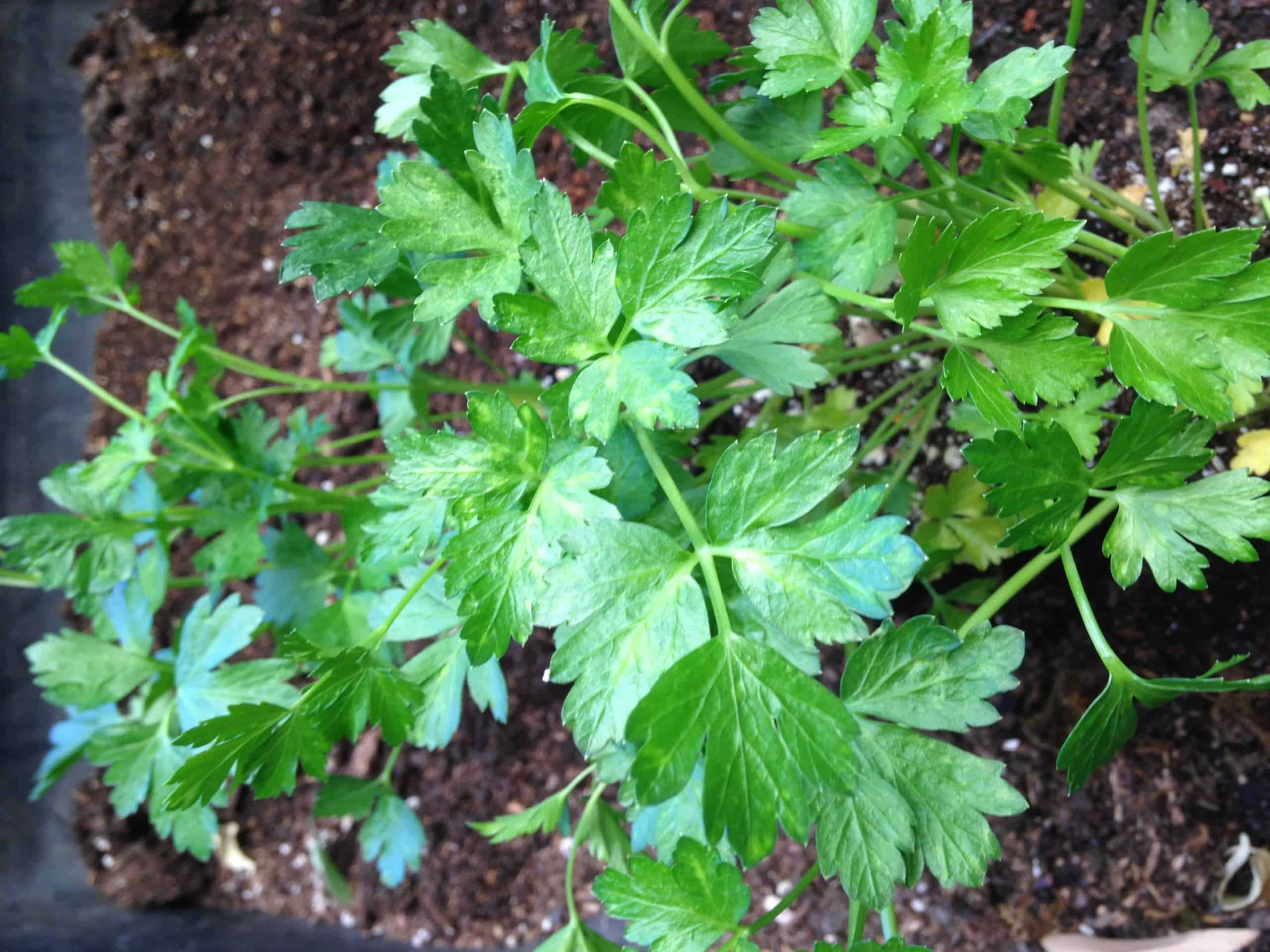
This plant is quite popular for being a healthy source of food. However, very few people know that it is also useful as an insect repellent for gardens.
Interestingly, Parsley has a unique way of dealing with insects. It attracts predator bugs which are predators to other insects. At first thought, this might seem like more trouble, but is actually quite effective.
For example, if a snail is crawling its way forward to a plant, there will be another kind of bug to stop it. Besides, parsley is hated by beetles; hence, sprinkling a few leaves on the vegetable bed will repel these harmful insects.
Generally, farmers who grow tomato plants prefer to keep parsley along with the plants. This is done to attract the wasps as they help in killing hornworms which can destroy tomatoes.

This beautiful flowering plant is undoubtedly among the best options to adorn your garden with. Besides the gorgeous purple color that adds elegance to any garden, it has a very sweet fragrance. As such, it is used in adding aroma to homes, closets and clothes.
However, surprisingly enough, this fragrance deters any mosquitoes, gnats, flies and other unwanted insects from coming near it. So, to keep your garden or backyard pest-free, you can plant lavenders in the sunny areas over there.
A lavender plant mostly thrives in regions with hot, sunny and well-drained climates. It is also a very easy plant to move about and has several varieties to suit your growing space and climate needs.
There are smaller ones which can be potted and placed at different spots around the property. Thus, these plants can make for attractive home decor and also help in pest control.

This is another flowering plant that serves a dual purpose by beautifying your garden and protecting it from insects. It is available in several bright hues.
Keeping it in a vegetable garden helps repel some of the insects that might bite vegetables. In fact, farmers regard it as one of the best natural pesticides. Apart from this, petunias also repel leafhoppers, hornworms, asparagus beetles and squash bugs.
Petunias are immensely popular primarily because they are easily available, and that their hues make any space look absolutely adorable.
Furthermore, they require minimal maintenance, so you don’t need to take care of them now and then. Just make sure that they are planted in sunny areas, and you’ll have your flowers standing tall in all the places.
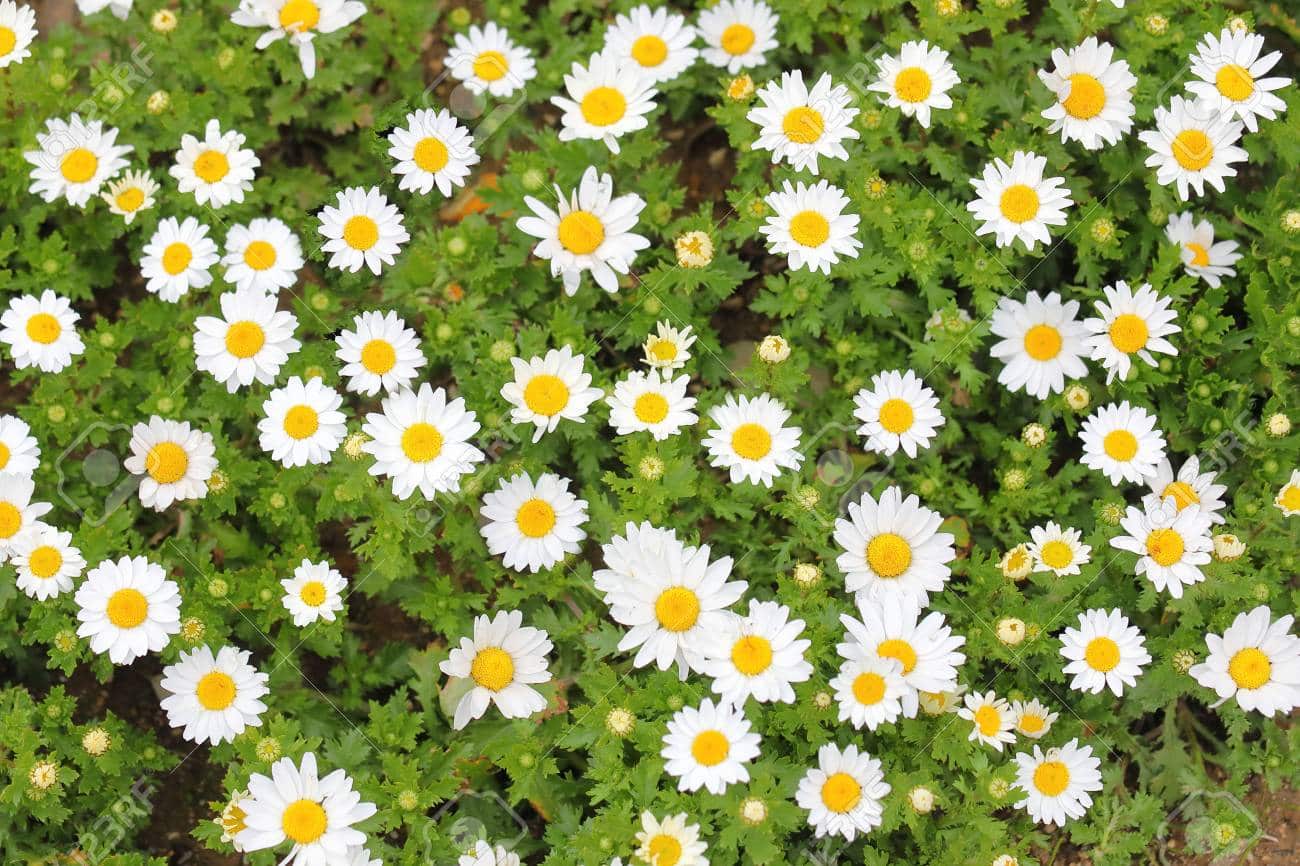
Chrysanthemums help repel several bugs and insects such as roaches, fleas, ticks, spider mites, and aphids. However, they might not be so effective on mosquitoes.
Notably, the insect repellent property of chrysanthemums makes these flowers an essential ingredient in aerosol bombs, room fresheners and many pet shampoos. The pyrethrum present in these flowers can kill both flying and jumping insects. As such, they make for an efficient natural alternative to synthetic chemical products.
For getting effective results, you should place these plants strategically inside or outside the house. This way, the windows can be kept open without having to hear the buzz of insects. Also, the chrysanthemums look quite beautiful against a background and hence make a nice addition to any garden or home.
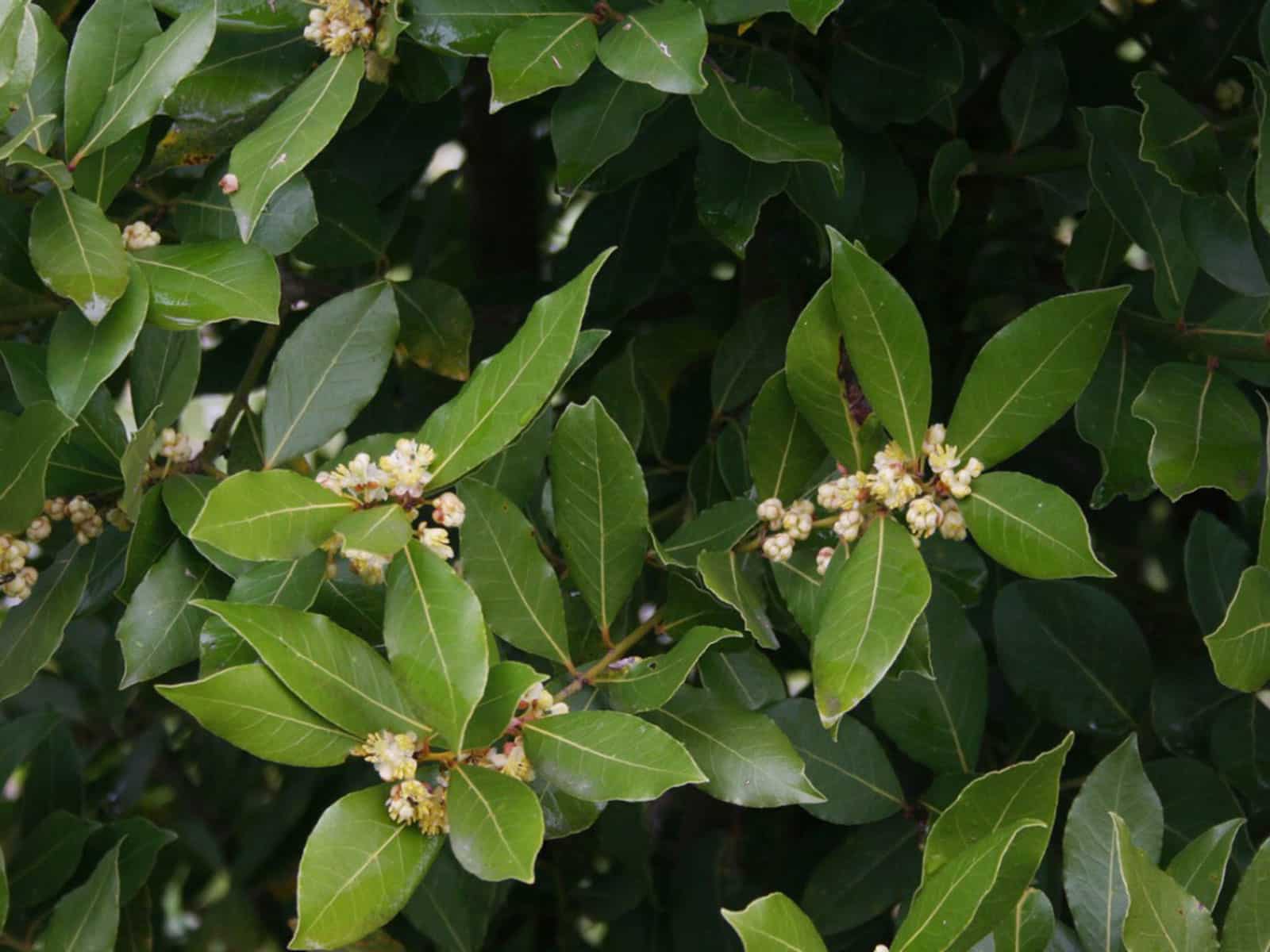
Not many of you may know that this immensely popular culinary ingredient can also be used to repel insects. Sprinkling a few dried bay leaves around the house will make you realize how powerful it is as a repellent. You won’t find cockroaches, ants or fleas for a couple of days.
These leaves have a pungent smell which helps to ward off the pests from any place. You can keep these leaves around trash cans, under cabinets and appliances, and on the countertops. Although, they might have to be replaced after a few days as the smell fades away.
However, keeping the home clean becomes much easier this way and you also don’t have to worry about the release of any toxic chemicals. And bay leaves are believed to have as potent effects as commercial insecticides, which puts you at an advantage.
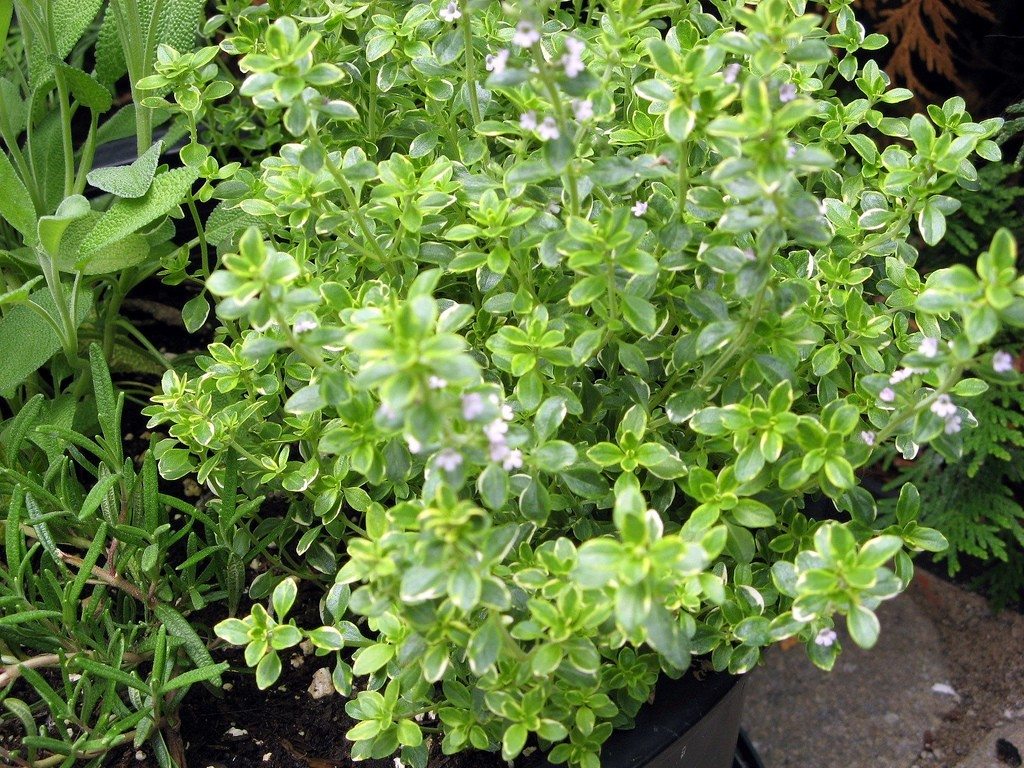
The most amazing feature of this plant is that it can thrive naturally in any environment. For example, it adapts easily to shallow, dry or rocky soil, hence thriving in a herb garden won’t be difficult for it. However, it must receive proper sunlight in the place where it’s kept.
A lemon thyme plant is particularly useful for keeping away mosquitoes. Although, you have to crush a few of its leaves and rub it between your palms to release the repellant chemicals. Before you rub the crushed leaves on your body, you should check whether its natural properties will have any effect on your skin.
For this, rub a slight amount of the crushed leaves on your forearm to check for any reactions. If no allergic reaction occurs, you are safe to enjoy this natural mosquito repellent any time you are outdoors.
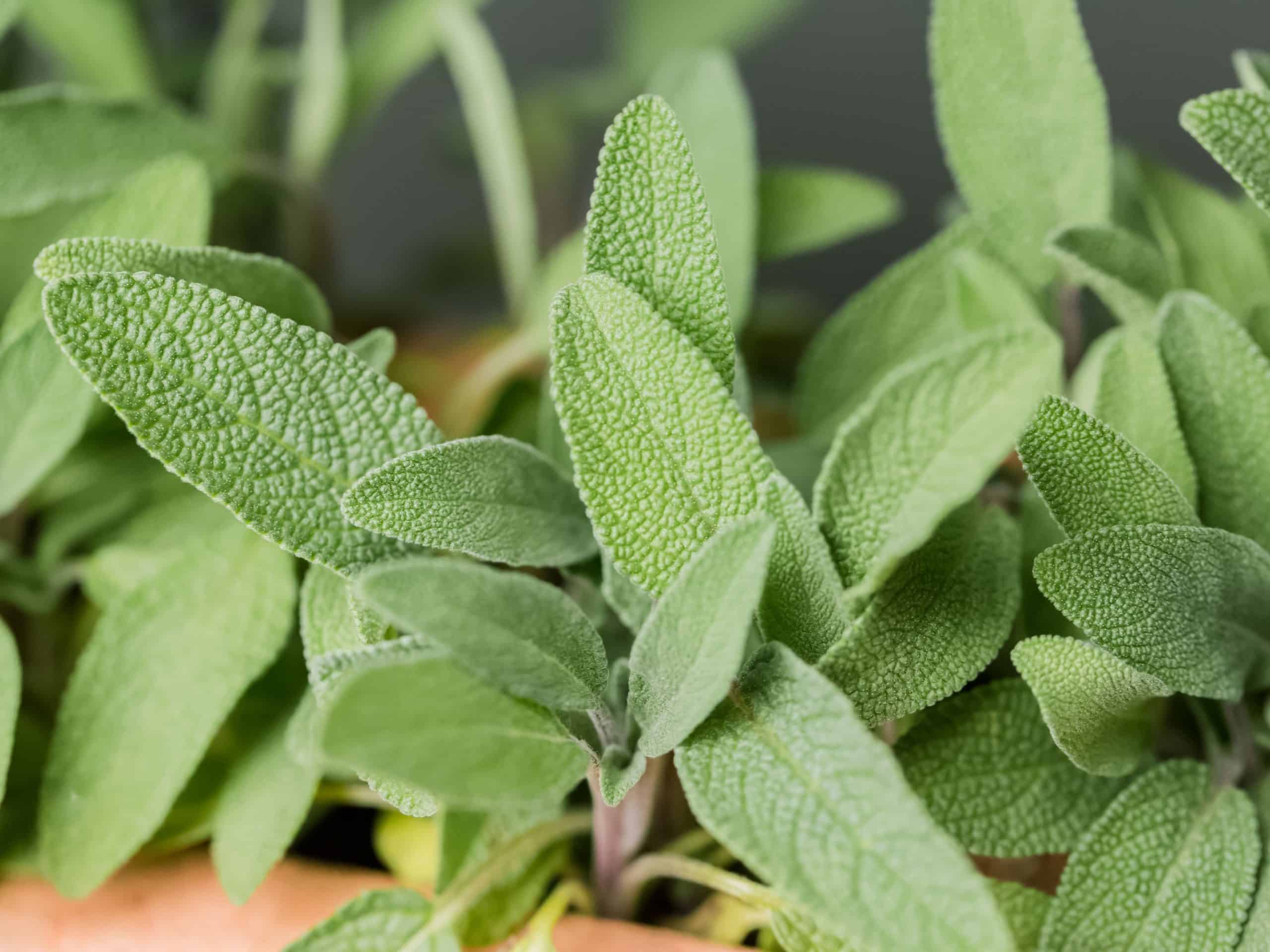
This perennial can easily be planted into landscaped beds or placed in planters on a patio. Most of you who have herb gardens at home might be aware of its repellent properties. Sage plants must be grown under direct sunlight, but can also thrive in spots with partial shade in the hotter regions.
Insects generally dislike its powerful odor, both when its leaves are intact on the stem or when they are crushed. Burning a few leaves can also help if you’re planning to gather around a fire. You get a sweet incense when the leaves burn, which is unpleasant enough for most insects.
Precisely, most insects usually repel the smell. And you can also be free from worries of mosquito bites while you are seated near the smoke.
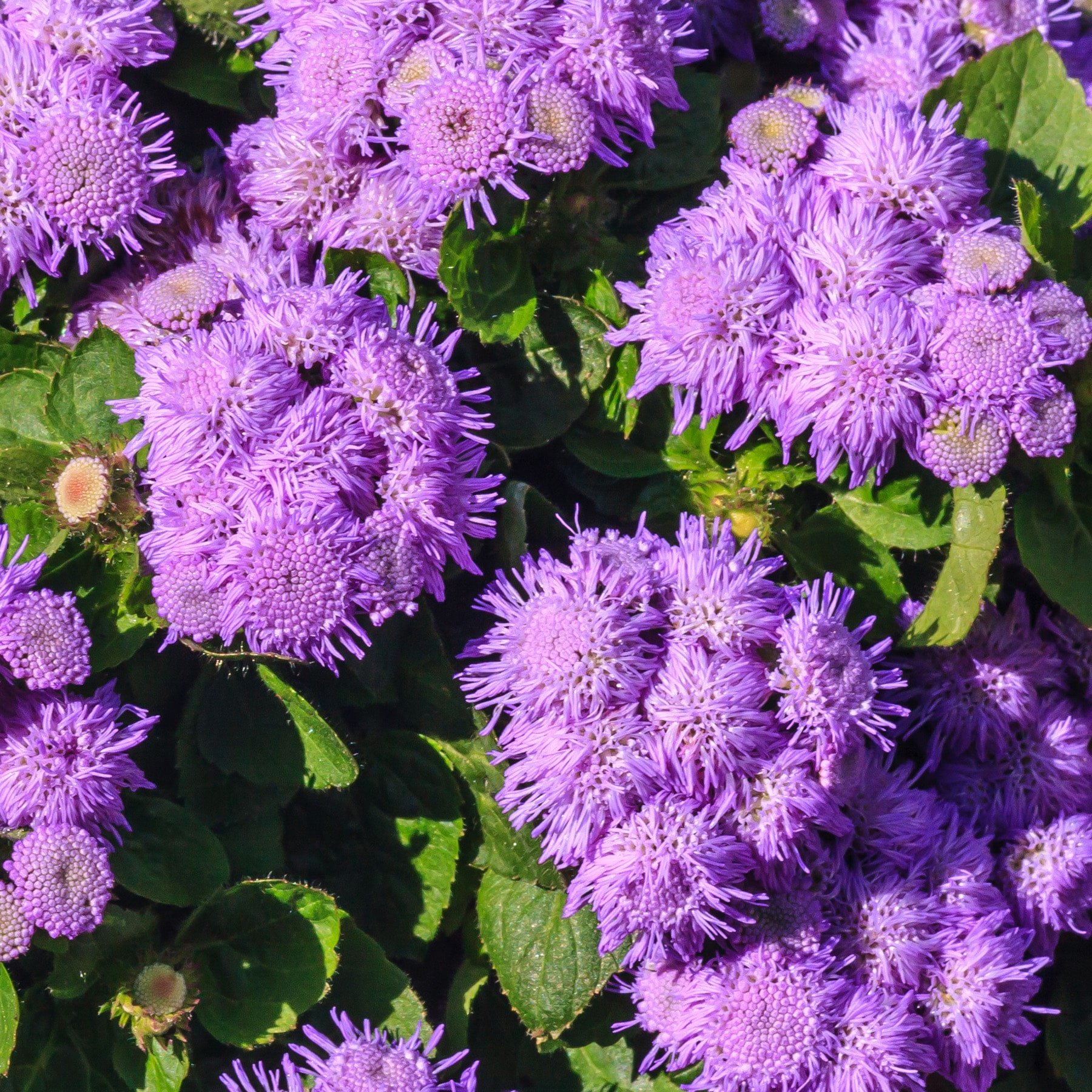
These beautiful flowering plants may not be the best repellant, but have a powerful fragrance that hummingbirds and butterflies love. This comes from a chemical compound called coumarin found in these flowers. Coumarin is popularly used in mosquito and bug repellant sprays.
However, the unwanted visitors in your garden such as mosquitoes dislike the smell of this chemical. As such, these small and fuzzy flowers can be a great addition to all flower beds or can be plated at the edges.
These flowers produce beautiful pink, white and blue blooms during fall and summer season. So they can complement any bouquet easily. Thus, planting floss flowers in any fertile soil around your home isn’t a bad idea at all.

In earlier times, this plant was believed to draw in cats to the fields to prevent the menace of rodents. Catnip was kept by farmers around the foundations of their barns as well as homes. It can also directly repel a lot of insects and even mice when planted in areas opening into your house.
A chemical called nepetalactone present in the catnip plant does give out an odor that attracts cats. But the same odor also acts as a repellent for insects such as cockroaches, flies, deer ticks and mosquitoes.
This plant can be grown quite easily and doesn’t need much maintenance other than just daily watering. While both saplings and seeds can be used to plant them, the ideal seasons are during fall or spring. Generally, it grows upto a height of 3-4 feet, with the whole plant covered with pretty purple flowers.
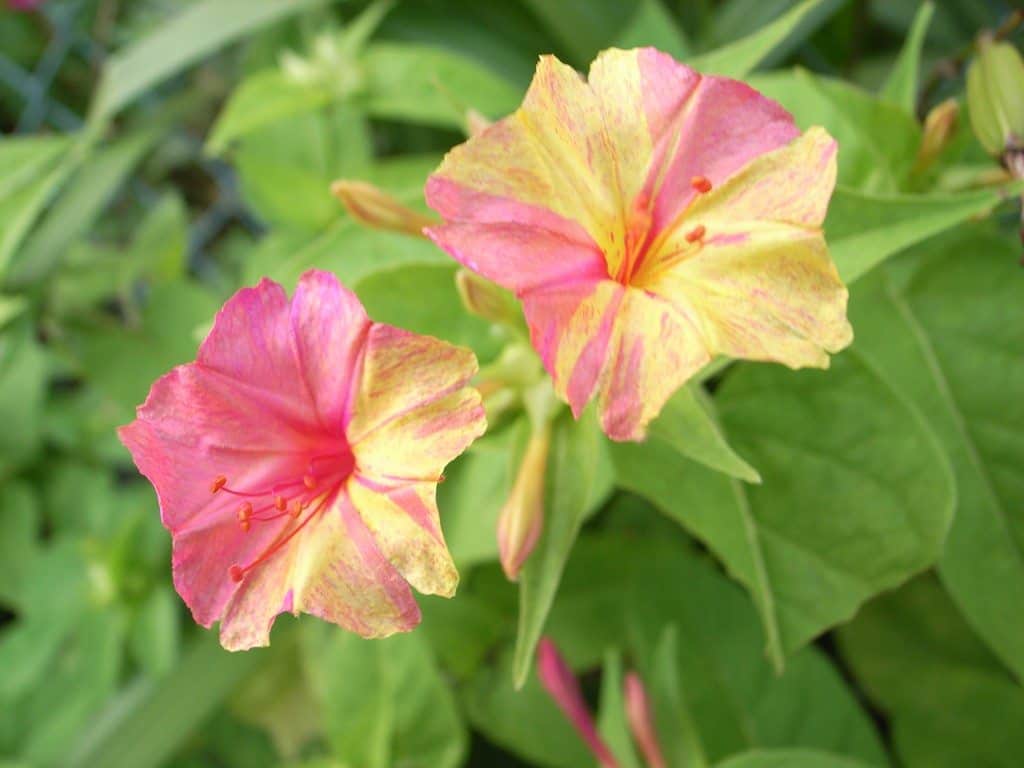
The four o’clock plant gets its unique name from its tendency to bloom during late afternoon. It has a poisonous foliage which kills insects in a short while after they start feeding on it.
Thus, though some beetles love to feed on its flowers, they can hardly complete the meal. Its flowers attract the insects through their smell and hence act as baits.
Hence, four o’clocks are excellent plants to place on the corners of vegetable gardens. This plant can also be planted in the backyard to control infestation by mosquitoes. The flower extracts are effective against several mosquito breeds.
However, these plants also have poisonous effects on humans and animals. Hence you should choose a safe location for planting them.
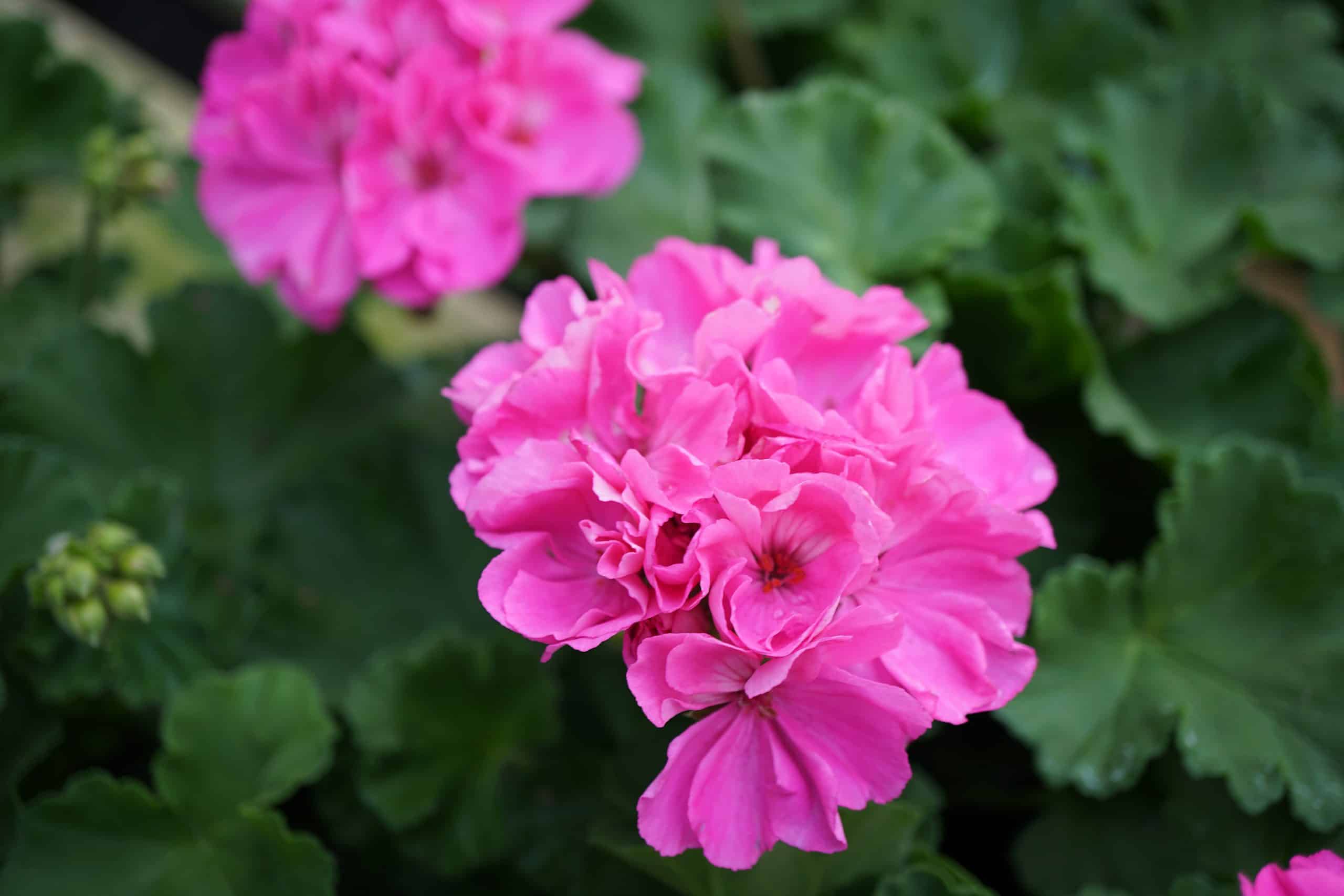
If you regard a plant’s beneficial properties to be as important as its appearance, geranium is an ideal plant to keep in your home garden. This plant is a popular ingredient in mosquito-repellant sprays. Moreover, it can repel a wide variety of insects.
Growing it in your garden would mean you can enjoy your time there both during mornings and evenings.
Notably, these plants grow well in sunny and dry climates and grow at a fast pace also. Their flowers produce a lemon-like aroma that can repel typical insects such as snails, beetles and slugs.
Due to this, geranium is used as a companion plant for different fruits and vegetables including cabbage and tomatoes.
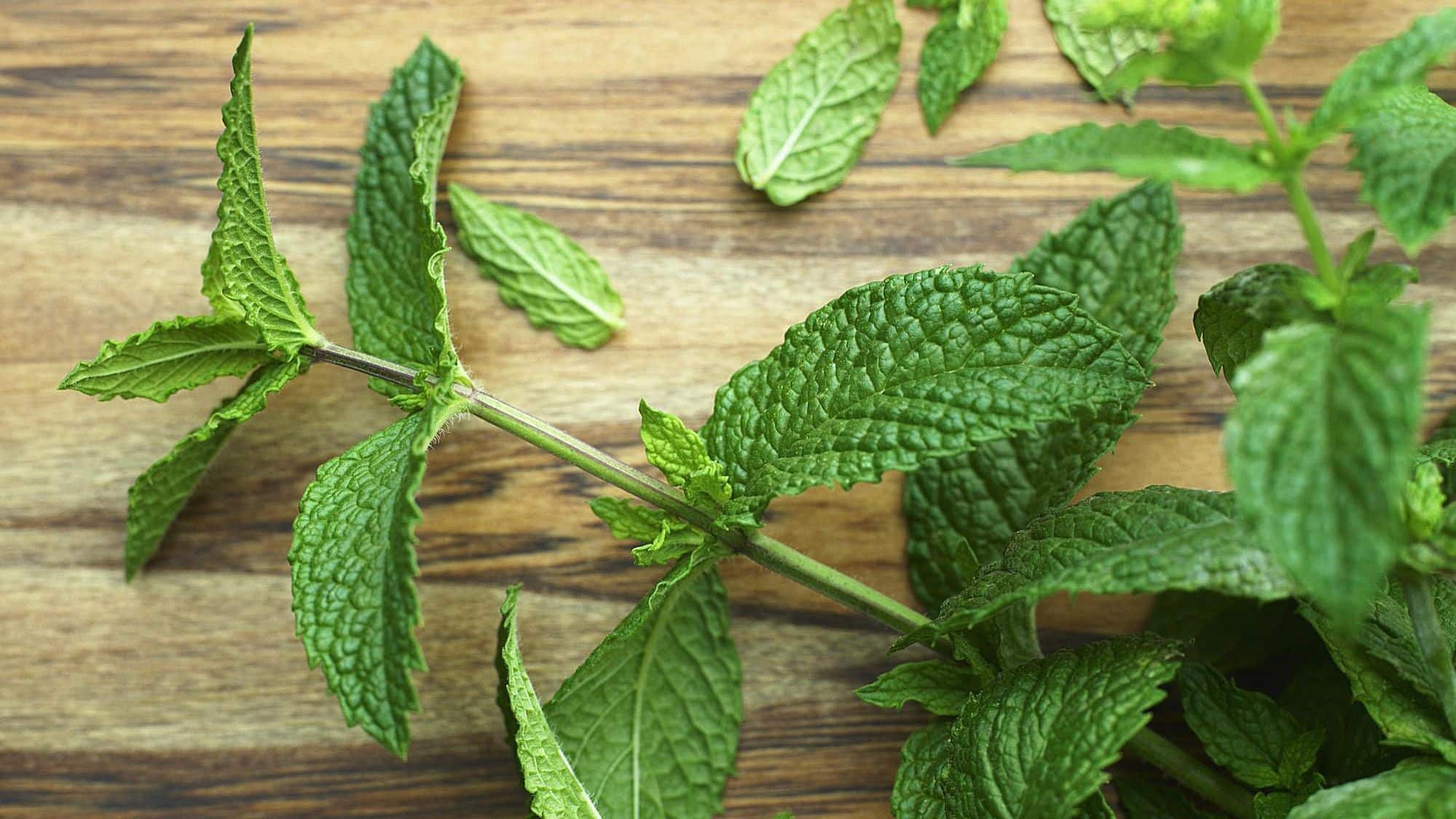
Mint leaves find use in a variety of food products and recipes for its aromatic properties. But not many of you might know that it has insect repellent properties as well. Planting mint in your home garden works as a repellent for all insects including mosquitoes.
Furthermore, the oil from mint leaves can be extracted and mixed with apple cider vinegar or witch hazel to make a natural mosquito repellent at home.
However, growing the plant from the seeds can be a lengthy and challenging task. Instead, you can go for a potted mint plant. Also, mint plants might spread aggressively when they are planted on the ground and can take over other plants.
So, they are grown in small or medium-sized pots which are kept in separate spots.
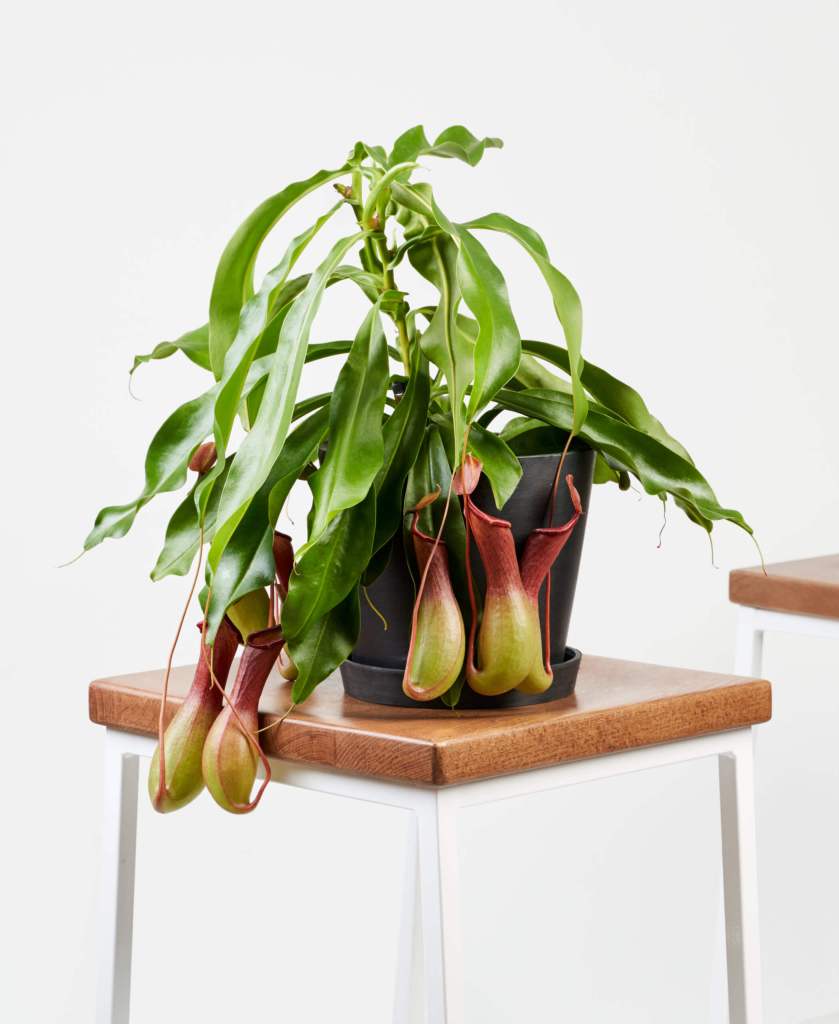
Belonging to the largest group of carnivorous plants, pitcher plants render an exotic look to any garden. To maintain these plants you just need to water them from time to time so that they can catch their prey.
Insects are trapped in their U-shaped pitchers, which are actually specialized leaves having a combination of nectar, color, and fragrance. Inside the pitcher is a slippery surface with hairs facing downward. On entering it, the insect falls or slips into a pool of water where it dies of exhaustion while trying to escape.
A variety of bugs and mosquitoes are attracted by the scent of these plants and hence you are sure to have a pest-free home. Insects that fall prey to pitcher plants include ants, flies, snails, beetles, slugs and many more. They can be kept in any spot in the house since all it requires to thrive is sunlight and water.

The leaves of a wormwood plant have a resinous particle that can be used as a natural insecticide. Picking some of these fresh leaves and rubbing them on your arm or on clothes helps to keep flies away. You can also dry the leaves and make a bundle out of them to place it in closets or near doorways.
This plant is also popularly known as absinthe and has been used for medicinal purposes since the ancient times. Wormwood plants were also widely used as a flavoring agent for some beverages.
However, due to its powerful properties and negative side-effects when consumed in large quantities, it has been banned in many countries. Externally applying any part of the plant is safe but before using it in any other way, make sure you consult a doctor.
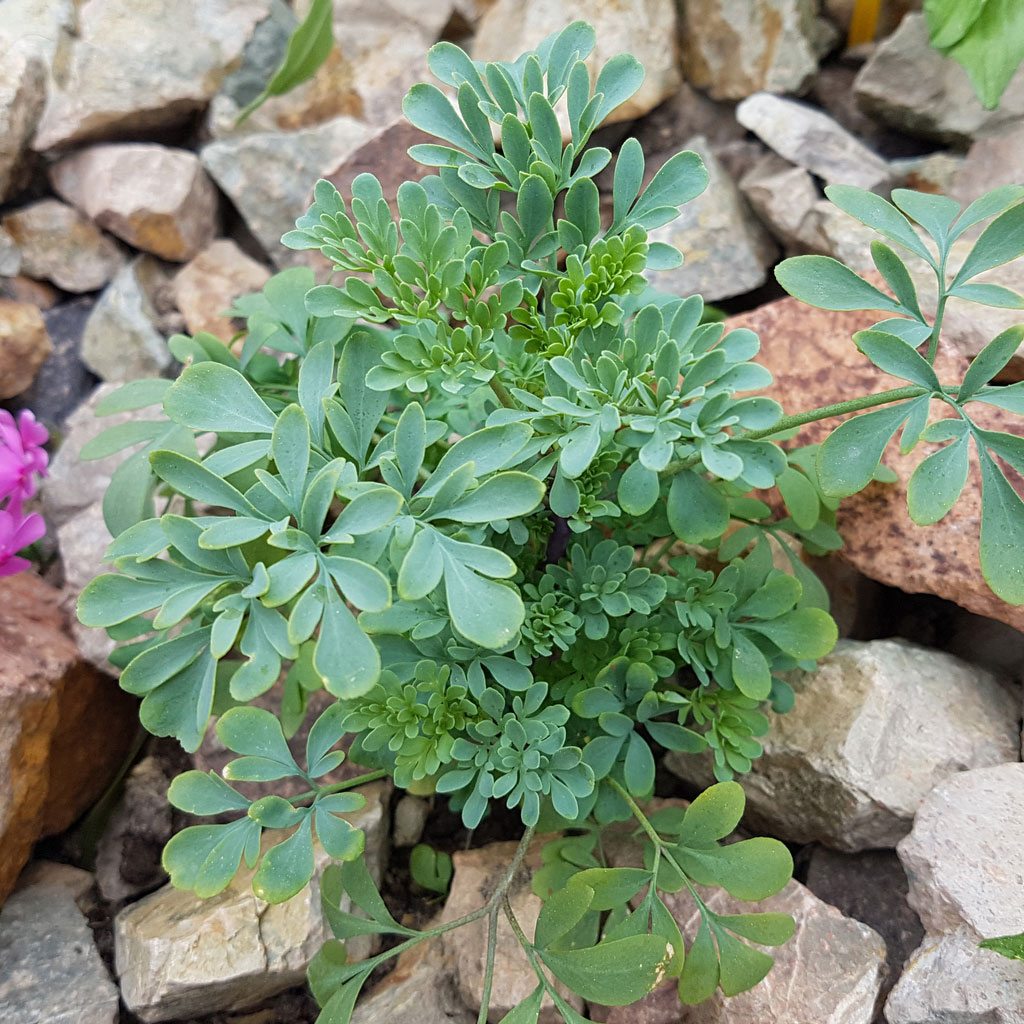
This woody plant with a strong scent has disinfectant properties and repels many kinds of insects. Its powerful properties make it most useful when left in its natural surroundings. Use the parts separately only if you know about the correct usage of the plant and its extracts.
The rue plant grows to a height of about 2 feet, has bluish leaves and can tolerate poor soils easily. It can be a good addition to perennial gardens as it provides you with a natural fragrant border besides keeping all insects away.
This plant is best grown from its seeds during the spring, and can reseed every year with the correct environment. However, the leaves of the rue plant are the most powerful when it is kept from flowering.
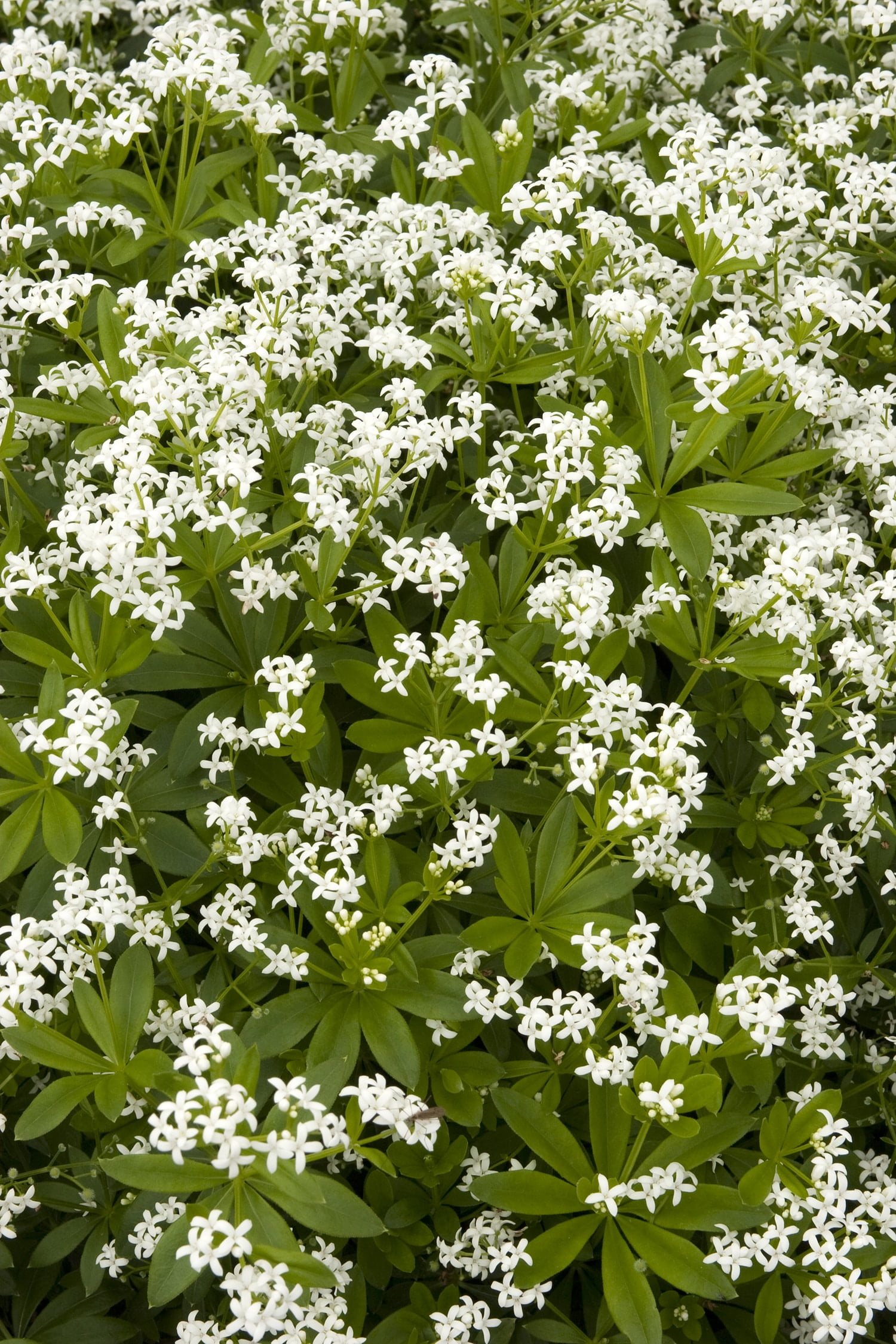
This small plant will only grow to a height of 10 or 12 inches, but has umbrella-like leaves and beautiful white flowers, which look great in shade gardens. Its flowers also produce a fresh and sweet fragrance that is loved by all.
Sweet woodruff is popularly used near bulb plantings as it repels flies naturally. You don’t need to dry or cut the plant to get the effect. It can also be used for adding a fragrant smell to sitting areas.
All you have to do is plant it within patio pots by propagating from the existing garden plants. Just make sure that the soil stays moist. Furthermore, planting sweet woodruffs near decks and porches is sufficient to keep away flies. However, this plant can be invasive and take over the garden if you’re not careful enough.
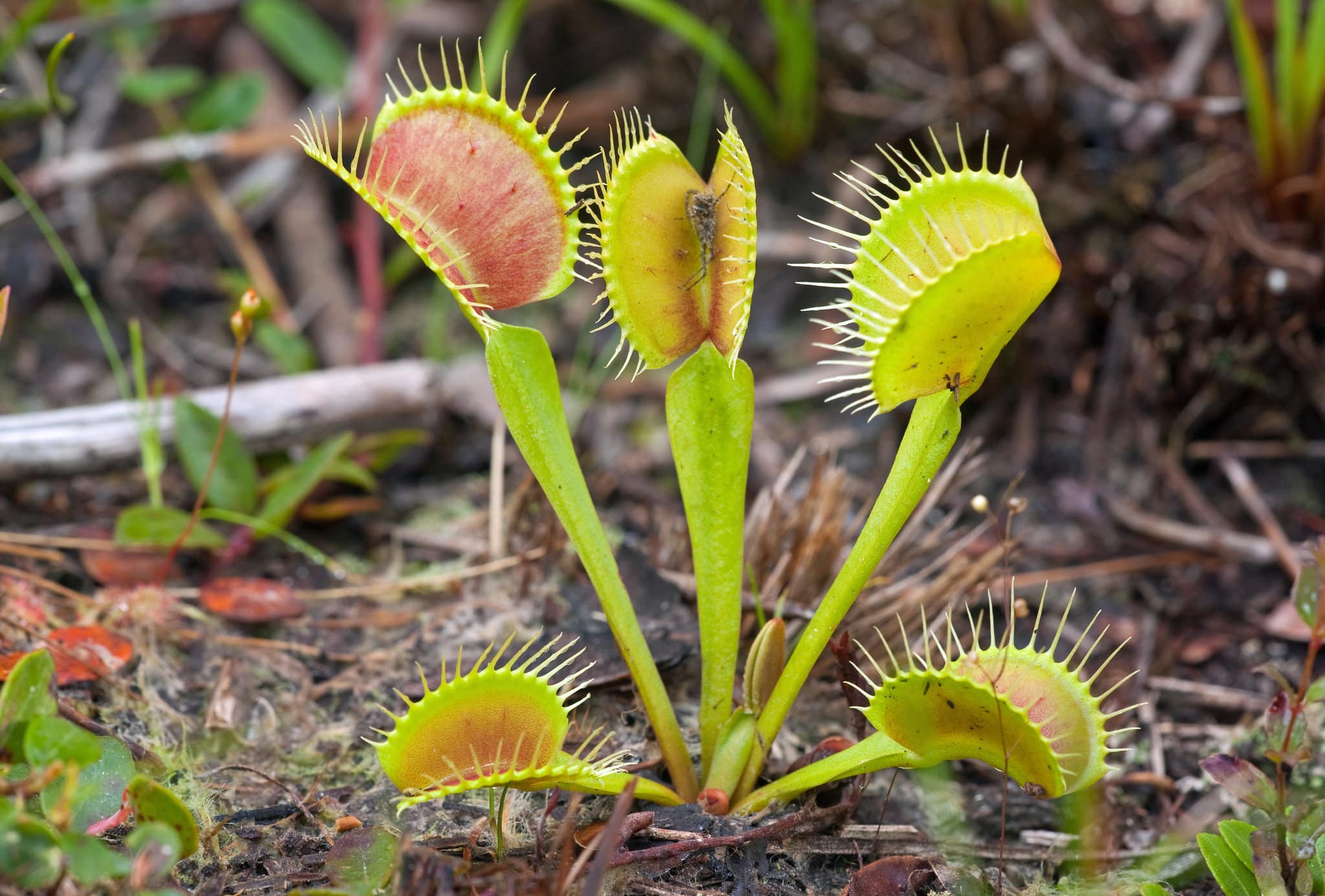
This is another carnivorous plant that eats many small insects that are small enough to fit inside its trap. As such, the leaves can close tightly to protect the digestive fluids inside from any bacteria. Venus flytraps thrive in acidic soil but need good drainage along with moderate sunlight.
This plant’s digestive process takes three to seven days, after which the trap reabsorbs the digestive fluid before reopening. Interestingly, although these plants are carnivorous, they can stay for nearly two months without eating any insects.
Ideally you should grow venus flytraps outside, so that they get enough insects to eat naturally. However, if the infestation becomes too problematic, you can go for an affordable pest control service since it would deliver results faster.
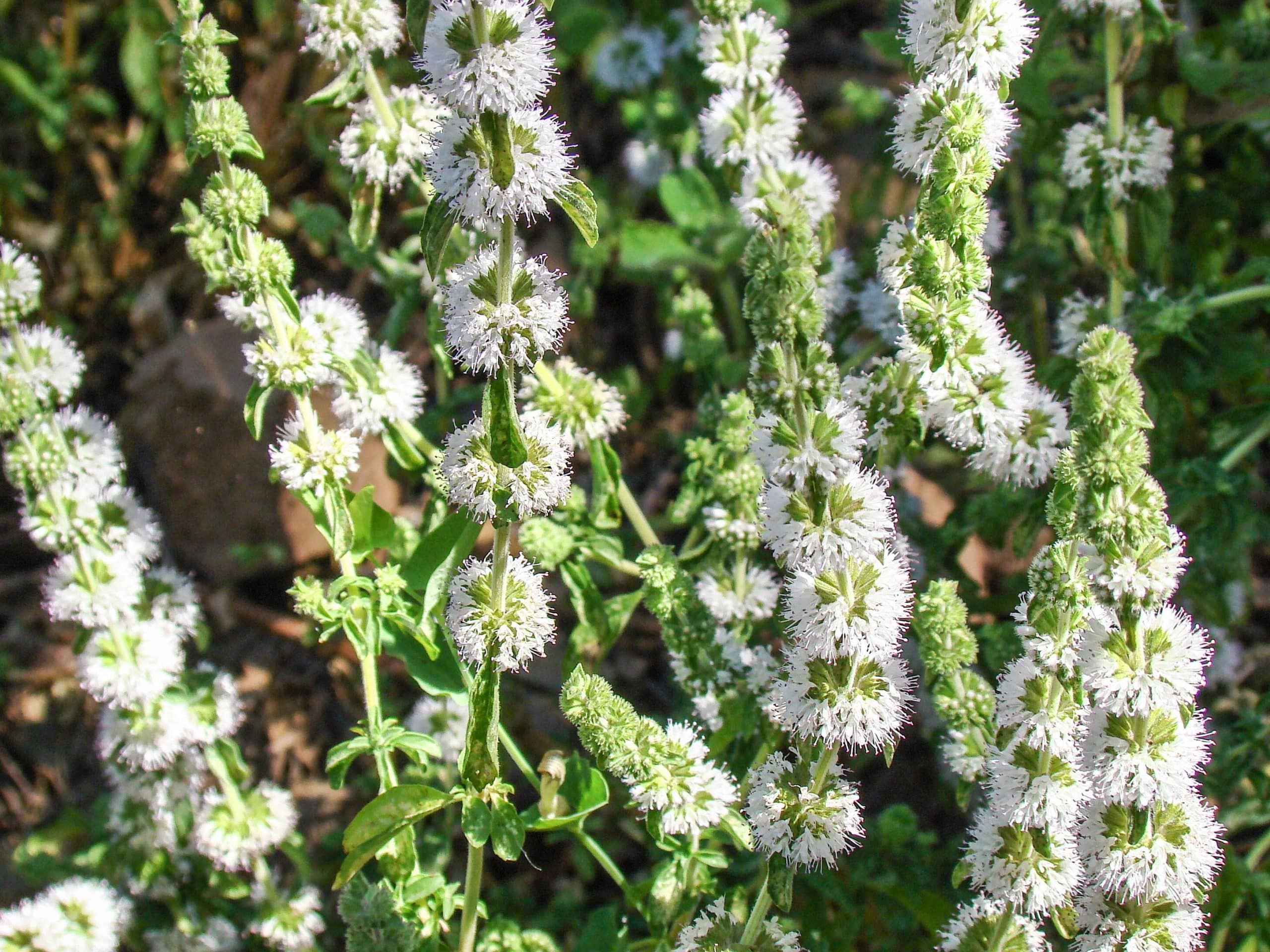
Pennyroyal plants, which are usually used for decoration purposes, have also been found to repel most biting insects. But its use as a repellent must be carried out with caution.
You can rub the fresh cuttings of the plant to release the aromatic oil into clothes and caps. However, neither the plant nor oil should be consumed without the advice of a physician.
Pennyroyal plants in your garden will help in deterring most bugs from your vegetables. They can be planted around or even under your plants as they are low-growers.
Notably, these plants are a member of the mint family and hence can become invasive in a short while. So remember to re-transplant them during the fall season or simply rip them out.
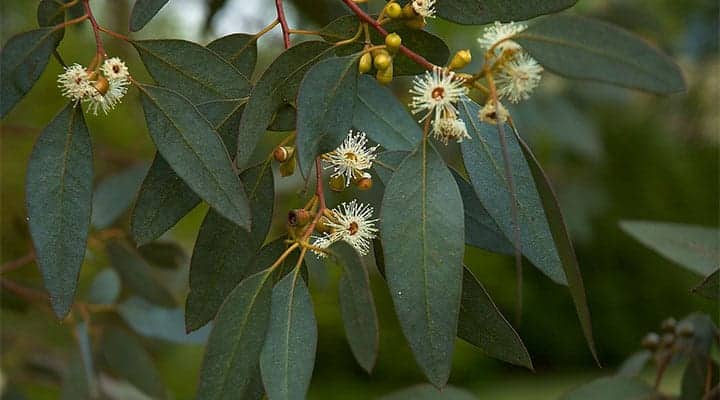
Considered as having a wide range of health benefits, the eucalyptus is also famous for its silver-dollar foliage. Interestingly, it was registered in the US as a miticide and insecticide in 1948, and is indeed a handy plant to have around for pest control.
Note that this plant has a variety of species, some of which can even reach a height of 130 feet. As such, it would be best to choose a small variety for your garden, which will grow well when planted in pots. Eucalyptuses produce a potent smell on their own which can deter flies to some extent.
Although, the oil obtained from the leaves is much more potent and may be crushed from the leaves and rubbed on, or extracted for further use. A really effective natural insect repellent spray can also be made by mixing this oil with water.
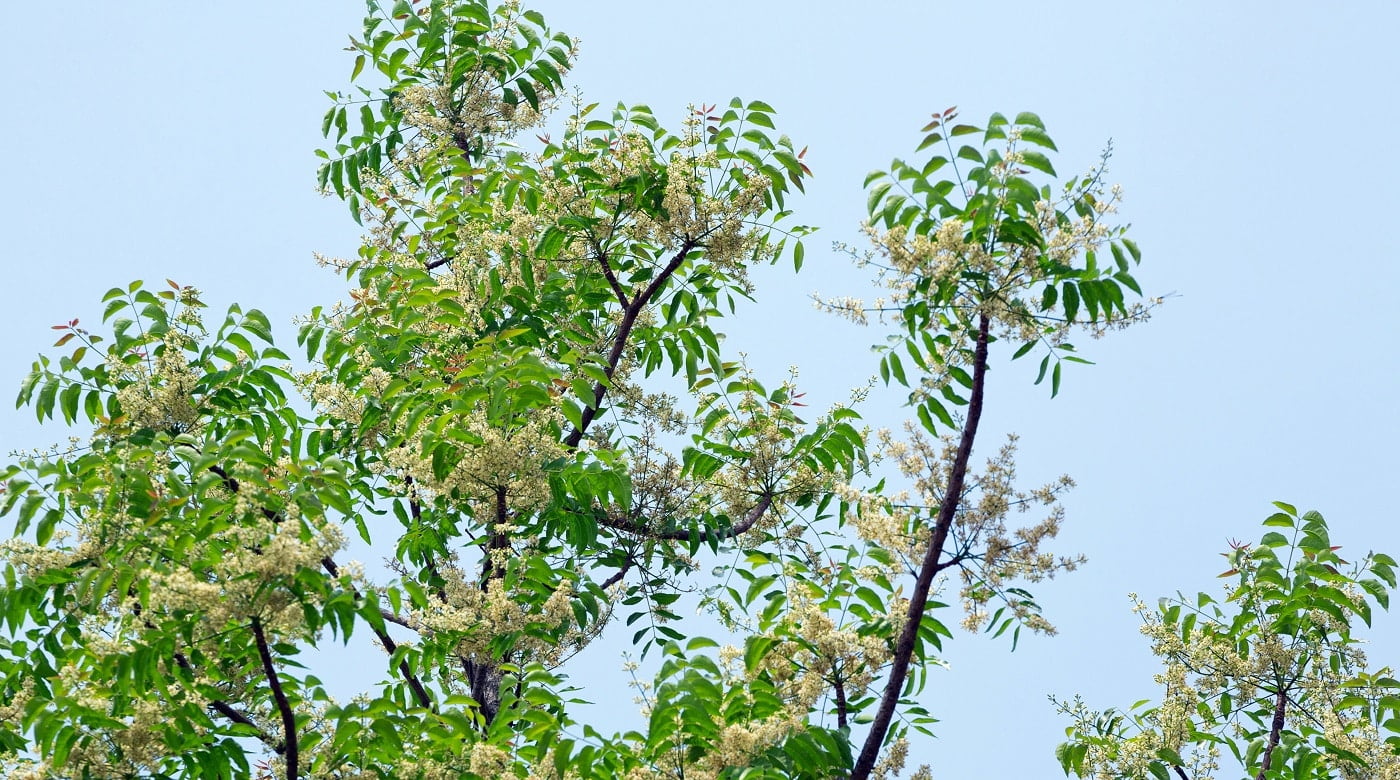
Conclusion
With this, we come to the end of our list and we hope you found it helpful.
Before we sign off, we would like to offer you a tip for choosing one or more suitable plants for home. Make sure you measure the amount of space to be dedicated to the plant. Accordingly, you can choose a herb or flowering plant which can fit comfortably in that space.
So, go on and select a suitable plant to grow in your garden! You will soon be free from the irritating buzz of insects all around.
Till next time!
